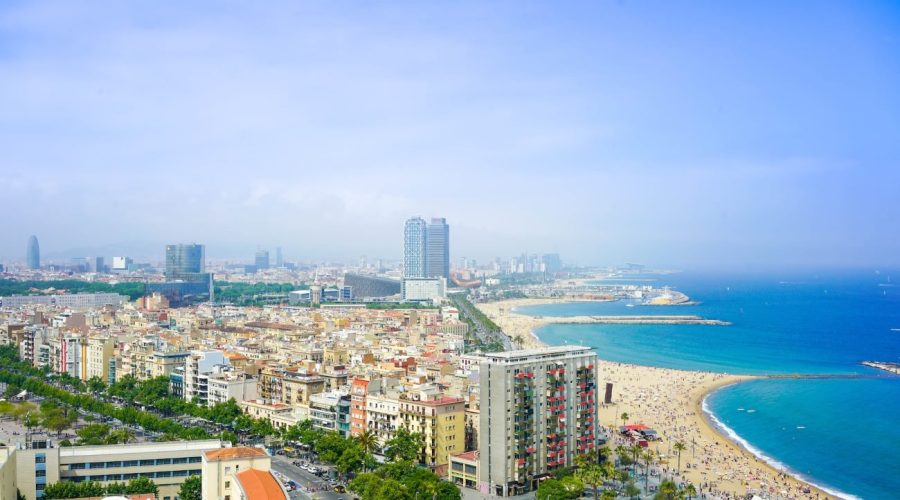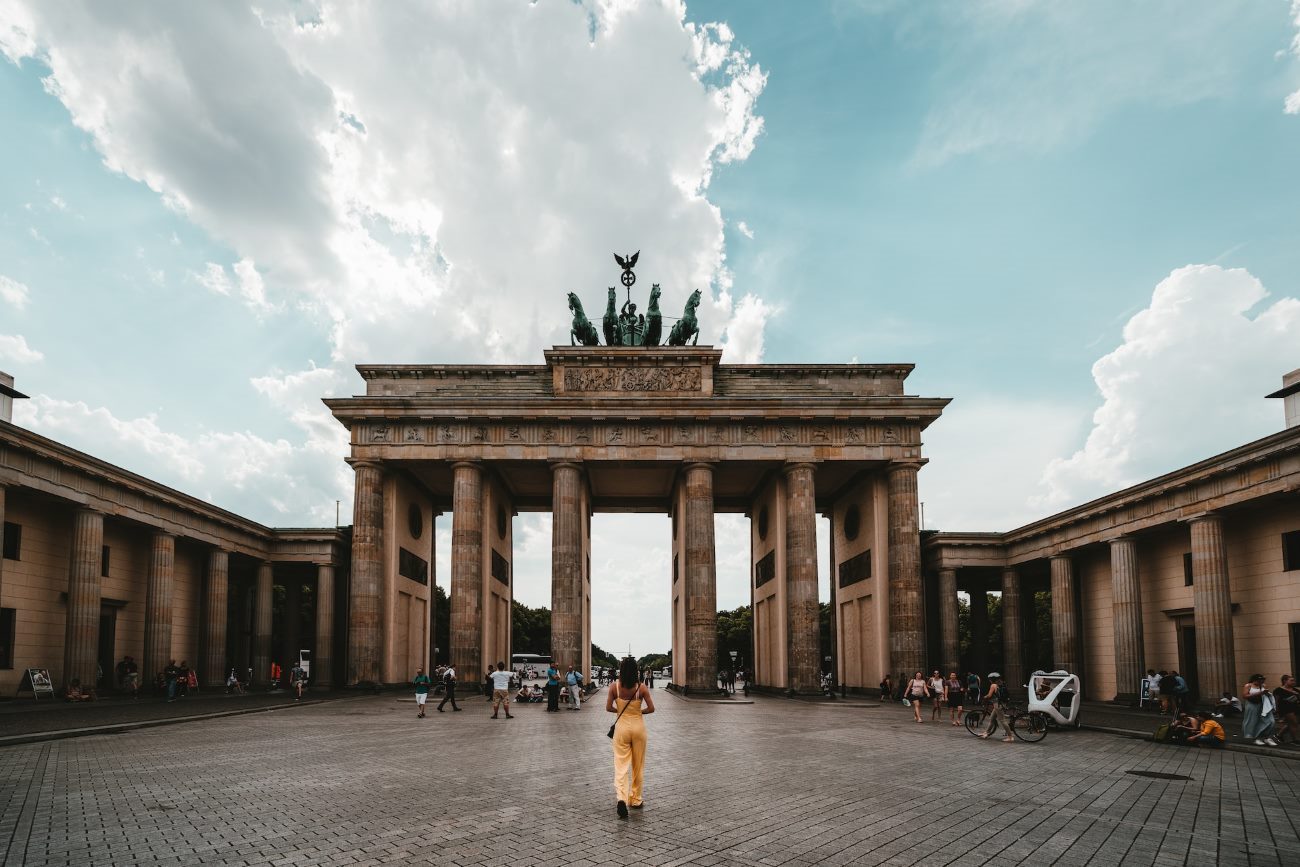Vikings in Dublin: A Historical Journey
Today we will be discussing the history of Vikings in Dublin in this blog post. The Scandinavian invaders and merchants known as Vikings left a great trace in Dublin’s history. In this piece, it is explored as to how they came to live in Ireland and how their presence influenced and shaped Dublin especially during the medieval period.
1. Dublin: A Viking Landing
Dublin is the capital of Ireland and has a long and eventful history that spans more than a thousand years. Ireland is part of the Viking history since the 9th century when Norse legendary warriors landed in the country.
When Vikings first arrived in Ireland, they considered Dublin to be a perfect location for the trading post and to launch sea raids. They settled themselves on the River Liffey, specifically at shore and built a longphort which is a sort of Viking ship used as a fortress sculpture. This led to the beginning of their dominance and control in the territorial region.
2. Dublin as a Viking Hub
In the course of time, Dublin became one of the Viking Kingdoms with a developed tradesman’s network. Because of this the city became one of the most prominent centers of trade and many merchants from different areas flocked there. With time, the Viking settlers ramped up the size of the longphort as well as built a thriving commercial city-state upon which Diccon depended.
Dublin during the Viking period had a unique city plan because it was confined by its waterways which gave the town a number of winding and narrow streets as well as wooden structures. Much of these artifacts include ornaments such as earrings and beads, tools such as harpoons and pottery, and weapons like the arrowheads.
2.1 Dublinia: Exploring Viking Dublin
For those who want to get acquainted with Viking history of the city, Dublinia will be of a great interest. Dublinia is essentially an historical presented in the form of a museum that recreating the Dublin of the Viking Age along with the middle Ages. It gives an encounter on the way of life, and culture of the Vikings, through facilities cruising along the place.
3. Viking Legacy in Dublin
They have left a great imprint in the region by also modifying the structure of the town through their commercial impacts. It was socially and culturally very important to have their presence in the city as well.
3.1 Place Names and Language
Besides, one can acclaim the impact of the Viking influence in Dublin in the present day through the geographical names that were left behind by the Vikings. Towns and other geographical sites that include suffixes like “-by” and “-thorpe” can be assumed to be of Scandinavian origin.
Also, the beginnings of the modern Irish language contain echoes of the impact of Vikings in the country. Specifically, two-thirds of the English and Irish vocabulary can be traced back to the old Norse language indicating that there was a strong influence of the Vikings in this region of Europe.
3.2 Influences on Irish Society
The Vikings also benefited the Irish society in a number of ways as they were residing in Dublin. The British introduced to the Zulus improved methods of farming and the construction of watermills.
Furthermore, their coming initiated the intermingling of cultures as the Norse left interferences in terms of art, literature, and even religion’s amongst the Irish. Thus, the mixing of these two cultures brought about a unique situation which would determine the destiny of the Irish people.
4. Conclusion
Therefore, it is strongly recommended to note that Vikings have always been one of the most influential forces in the history of Dublin. Since beginning of the 9th century the Vikings established their kingdom and evolved into a prosperous Viking city, important trade and cultural node.
One can still find their impact in the names of city, the language spoken and even the society. The tour thus gives the curiosity and education about Vikings in Dublin but also gives new insight into the relationships culture inhabited the world in the past.
If you are a history enthusiast, then Dublinia and the other Viking-related sites in Dublin will provide a wonderful insight into what this epoch entails.
Table of Contents



